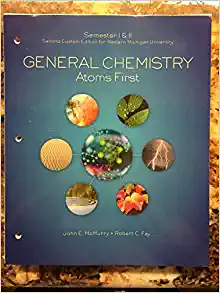Question
6. What are the functions of chaperones? Explain why chaperones become highly expressed when organisms experience heat shock. 7. Among the 6 classes of enzymes
6. What are the functions of chaperones? Explain why chaperones become highly expressed when organisms experience heat shock.
7. Among the 6 classes of enzymes discussed in the lecture, which class of enzymes catalyzes redox reactions? Give both the name of the class and at least two examples of enzymes that belong to this class.
8. Consider the specificity pockets of the pancreatic serine proteases(trypsin, chymotrypsin, andelastase) shown in Figure 6.25 of the textbook. Suppose that you wished to convert trypsin into a protease that 3 cuts after Asp and Glu. What amino acid residue in trypsin would you replace? You do not need to give the number of the amino acid residue, but you need to specify where in trypsin it is (catalytic triad, specificity pocket, oxyanion hole) and what amino acid you would use as a replacement.
9. Explain the functional roles of a catalytic triad consisting of Ser, His and Asp in a protease.
10. The free thiol in the side chain of a cysteine can function as a strong nucleophile. Describe the conditions under which cysteine becomes a strong nucleophile. (Hint: consider both the residues nearby and the pH)
What advantage does a Lineweaver-Burk plot have over a plot of initial velocity, V0,versus substrate concentration, [S]
Step by Step Solution
There are 3 Steps involved in it
Step: 1

Get Instant Access to Expert-Tailored Solutions
See step-by-step solutions with expert insights and AI powered tools for academic success
Step: 2

Step: 3

Ace Your Homework with AI
Get the answers you need in no time with our AI-driven, step-by-step assistance
Get Started


